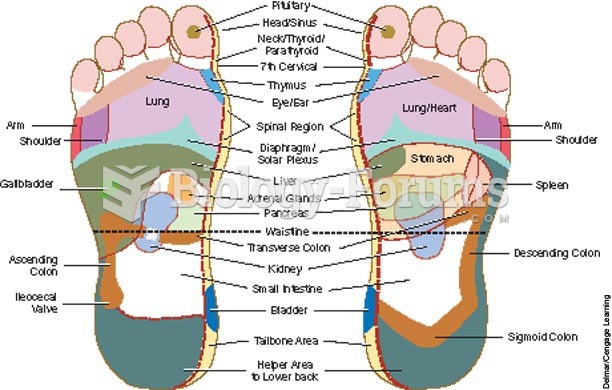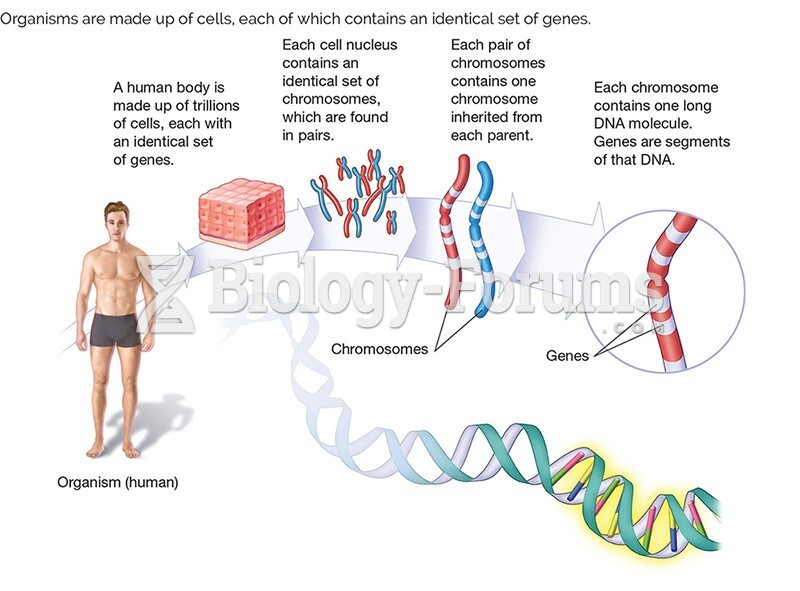|
|
|
Approximately 25% of all reported medication errors result from some kind of name confusion.
Oliver Wendell Holmes is credited with introducing the words "anesthesia" and "anesthetic" into the English language in 1846.
Computer programs are available that crosscheck a new drug's possible trade name with all other trade names currently available. These programs detect dangerous similarities between names and alert the manufacturer of the drug.
Most women experience menopause in their 50s. However, in 1994, an Italian woman gave birth to a baby boy when she was 61 years old.
Common abbreviations that cause medication errors include U (unit), mg (milligram), QD (every day), SC (subcutaneous), TIW (three times per week), D/C (discharge or discontinue), HS (at bedtime or "hours of sleep"), cc (cubic centimeters), and AU (each ear).
 Aristolochic acid (AA), a component of birthwort,a plant used in herbal remedies since ancient times
Aristolochic acid (AA), a component of birthwort,a plant used in herbal remedies since ancient times
 Foot reflexology chart indicates points on the foot that reflexively correspond to other areas of th
Foot reflexology chart indicates points on the foot that reflexively correspond to other areas of th





